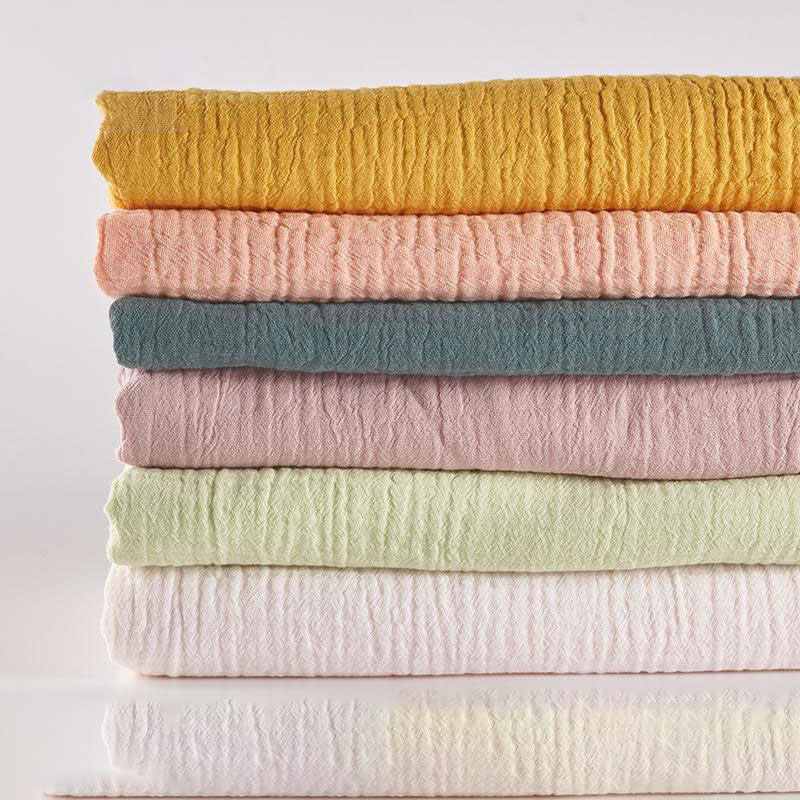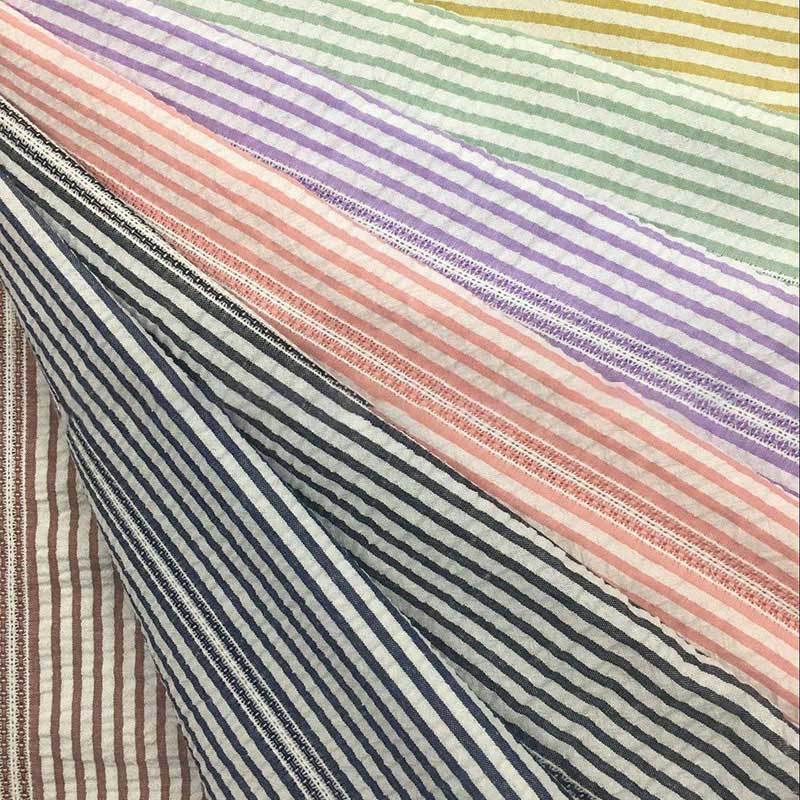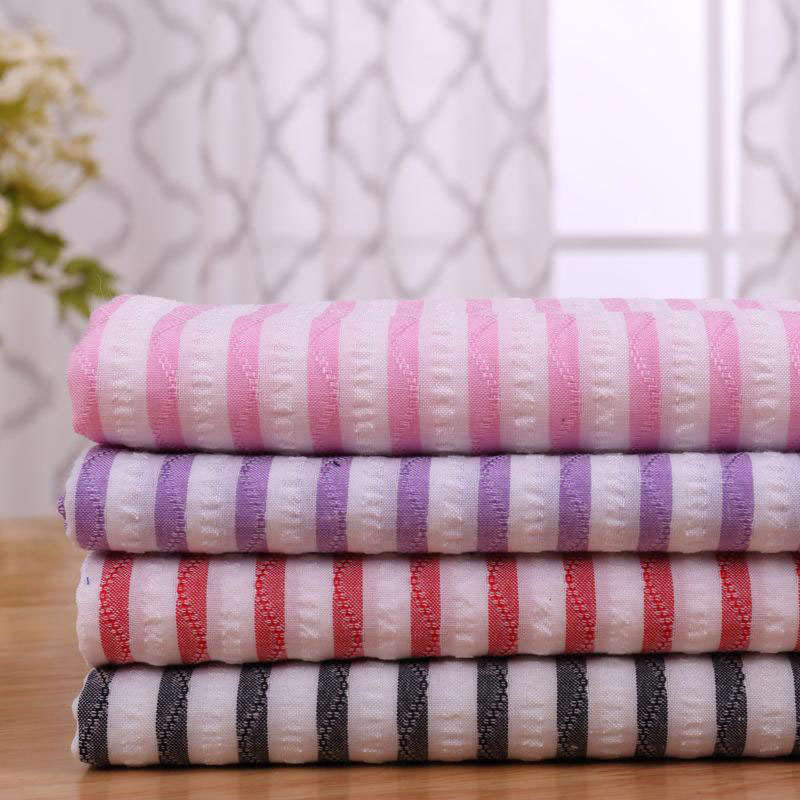In recent years, as an important component of high-performance textiles, flexible fabrics have gradually attracted widespread attention in the industry. From sportswear to household items, flexible fabrics can not only provide a comfortable wearing experience, but also meet a variety of functional needs.

With the advancement of technology, innovations in materials and processes for flexible fabrics continue to emerge. Many companies have developed thinner and more durable fabrics by using new polymers and nanotechnology. These new materials not only improve the functionality of products, but also enrich the design possibilities, making them more in line with the needs of modern consumers.
According to market research, consumers' demand for flexible fabrics is on the rise. In the fashion industry, flexible and versatile flexible fabrics are becoming the darling of designers. These fabrics are not only suitable for sports and casual wear, but more and more high-end fashions are also beginning to use flexible fabrics to improve the comfort and wearing experience of clothing.

There are endless application cases of flexible fabrics in many fields. For example, in the sports equipment industry, sportswear made of flexible fabrics not only improves the freedom of movement of athletes, but also effectively reduces friction and discomfort during exercise. In the home furnishing field, curtains and sofa fabrics made of flexible fabrics are also loved for their durability and aesthetics.

In the modern textile industry, the innovation and application of flexible fabrics are undoubtedly at the forefront. As a marketing leader, I firmly believe that a deep understanding of the characteristics and applications of these fabrics will help us better respond to market demand and promote the design and promotion of new products. Therefore, paying attention to the development of flexible fabrics will be the key to our competitive advantage.


